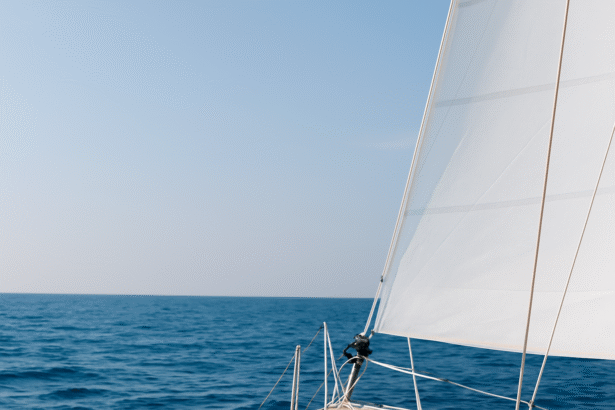ATLANTIC OCEAN – In a high-level coordinated operation, agents from the U.S. Drug Enforcement Administration (DEA), in collaboration with Mexico’s Criminal Intelligence Agency (CIA-Mx), intercepted a Spanish-flagged luxury yacht in international waters carrying approximately 1,200 kilograms of high-purity cocaine.
The seizure, considered one of the most significant maritime drug busts of the year along the corridor between Latin America and Europe, highlights the increasing use of high-profile recreational vessels as logistical platforms for international drug trafficking.
A Vessel That Did Not Go Unnoticed
The large yacht, equipped with state-of-the-art technology, was detected by maritime surveillance units after raising suspicions due to its Spanish flag and unusual structural features for that route.
Its passage through an uncommon area for recreational boats, combined with the lack of clear commercial or touristic activity, triggered alerts at the U.S.-Mexico Joint Maritime Intelligence Center, prompting the implementation of a covert tracking protocol.
Confidential sources indicated that the yacht likely departed from an undisclosed location in South America, en route to Europe, following less-patrolled routes to avoid stricter coastal inspections.
Surveillance was intensified using satellites and reconnaissance drones, in direct coordination with the U.S. Southern Command.
The Operation: Precision Interception in International Waters
After more than 48 hours of continuous monitoring, and once the vessel had fully entered international waters, authorities launched the tactical phase of the operation.
A special DEA unit, supported by the Mexican Maritime Police, boarded the yacht in a swift operation that encountered no significant armed resistance.
On board were four crew members. In addition to the tightly packed drug cargo, authorities found:
- A long-range satellite communication device
- A significant amount of cash (in euros and U.S. dollars)
- A semi-automatic firearm
The DEA described the operation as a “high-value logistical strike” against organized crime, emphasizing the sophistication of the vessel, the advanced equipment, and the professional profile of the crew.
Sealed Investigation and Expanding Criminal Networks
The investigation remains under judicial seal, while efforts continue to identify the criminal organizations behind the operation. Further arrests have not been ruled out.
DEA investigators suspect the involvement of South American cartels with logistical operations in Europe, particularly in Spain and the Netherlands, two key entry points for maritime drug trafficking on the European continent.
Sources close to the case emphasize that the use of European-flagged luxury yachts has become a common strategy to bypass international customs controls at major ports.
A Clear Warning Sign
This operation strengthens growing concerns among U.S. and Mexican maritime authorities regarding the resurgence of oceanic routes as the primary channels for large-scale narcotics trafficking.
In Context
According to the United Nations Global Drug Report, more than 70% of the cocaine arriving in Europe comes via maritime routes, many of them indirect and managed by transnational criminal networks.
This latest operation could prove key to dismantling a logistics cell dedicated to transporting cocaine from the Americas to Europe using luxury sailing vessels and yachts as cover.






